How To Tell If Your Child Is Attending A Good Public School
Modern public schools aren't always honest about what they're doing. This is how you can find out the truth.


Choosing the right school for your child can be a challenging task. There are many factors to consider, and it can often feel overwhelming. However, understanding what to look for can make the process less daunting.
This guide aims to provide insight into the key indicators of a high-quality public school.
Test Scores
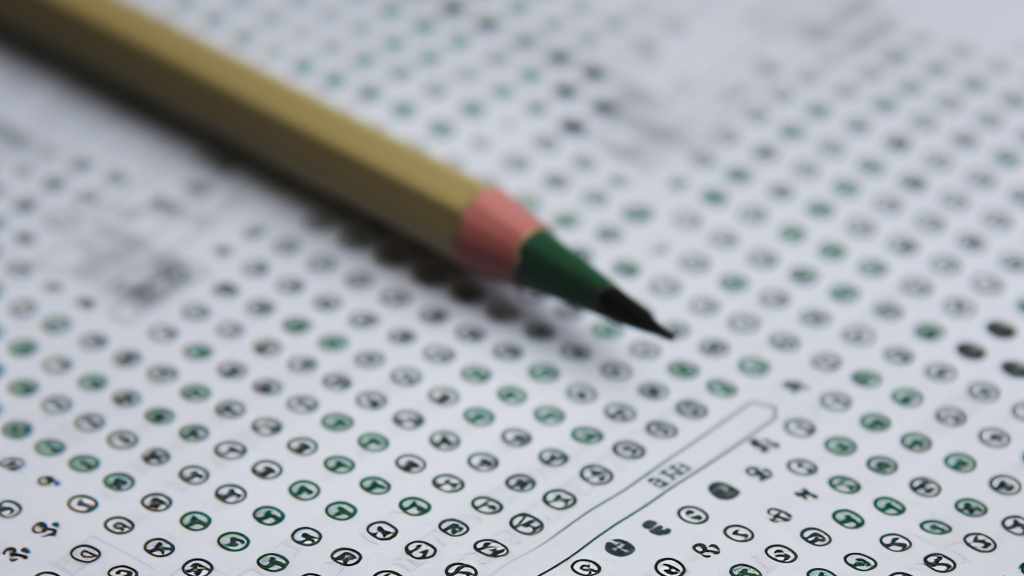
A school’s standardized test scores provide a snapshot of its academic performance. Although they do not paint a complete picture, they can be a good starting point. Higher scores often suggest that students are mastering the material and that the school’s teaching methods are effective.
However, keep in mind that some schools have been caught faking test results, tests have been altered to favor certain groups in some places, and in many states, tests are no longer being given at all.
Test scores can only be one factor and should not be the only factor in determining which public schools are the good ones.
Graduation Rates

The percentage of students who graduate can reveal much about a school. High graduation rates often indicate that a school is succeeding in educating its students and preparing them for life beyond school.
Look into the school’s graduation rates over several years to identify trends. Consistently high rates can suggest a stable, thriving learning environment.
However, be aware that some school districts have begun quietly removing academic requirements for graduation. That means if a school has a high graduation rate, it could be because they’re doing a good job, or it could be because they no longer have any requirements to graduate and instead graduate everyone regardless of their academic performance.
Student-Teacher Ratio
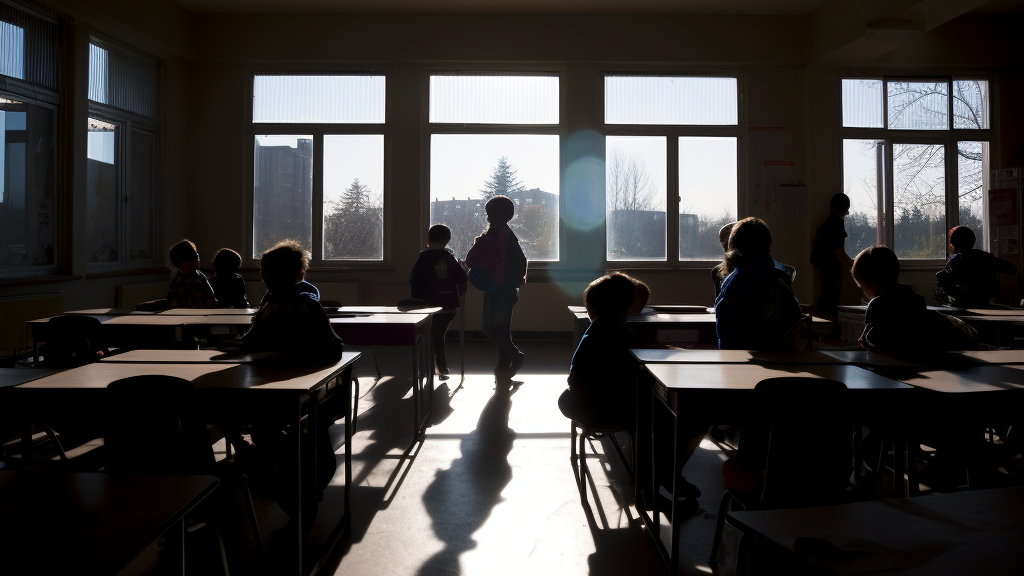
Lower student-teacher ratios often correlate with better academic outcomes. Fewer students per teacher mean more individualized attention and instruction.
Teachers can better understand each student’s needs, learning style, and progress. Schools that prioritize small class sizes are often able to provide higher-quality education.
Reading the Curriculum
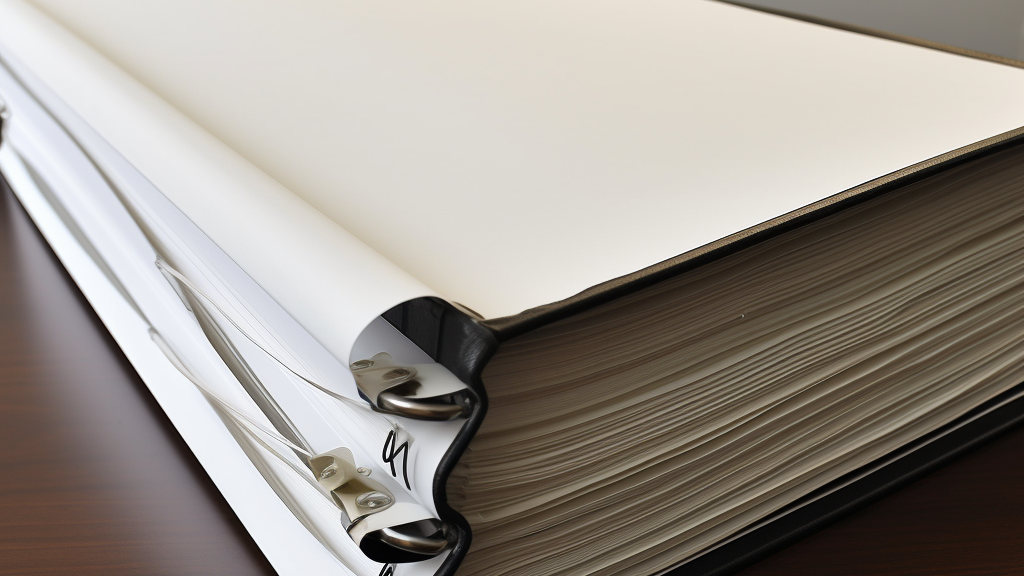
Understanding the school’s curriculum is a crucial part of assessing its quality. The curriculum outlines what students must learn in each grade and subject. It should be comprehensive, balanced, and aligned with state or national standards.
Article continues below headlines

The Best Type Of Butter Dish For Your Home Kitchen
The history of the butter dish is intertwined with the history of butter itself and the evolution of dining etiquette. …
Continue reading "The Best Type Of Butter Dish For Your Home Kitchen"
The post The Best Type Of Butter Dish For Your Home Kitchen appeared first on Tell Me Best.
Continue
Tales Of The Jedi Season 3 Can't Exist Without These Characters
The first season of the animated Star Wars: Tales of the Jedi series gave us a closer look at the …Continue reading "Tales Of The Jedi Season 3 Can’t Exist Without These Characters"
ContinueDo not accept what the school tells you is in the curriculum. Ask for a copy and read it. Schools have been frequently known to lie about their curriculum to hide teaching methods that parents may not approve of.
Reviewing the curriculum can help you understand the academic expectations set for students and whether the school offers a breadth of learning in various subject areas. You can often find the curriculum on the school’s website or by contacting the school directly.
If a school refuses to provide a copy of its curriculum, it’s safe to assume there is something in it you will not like.
Qualified Teachers

Teachers are the backbone of any school. A school’s commitment to hiring and retaining qualified teachers can be an indication of its quality. Look for information about the teachers’ qualifications, years of experience, and ongoing professional development.
Teacher qualifications are about much more than their education level. Experience is a major factor. Examine the average age of the teachers teaching at a school. If it’s unusually low, that indicates a teaching staff with limited experience. It also suggests that the more experienced teachers may not approve of the school’s learning environment, and sought out employment elsewhere.
Parent and Student Satisfaction

Feedback from parents and students can offer valuable insights. Reviews may give a sense of the school community, teaching quality, and student support services.
Do not trust online reviews. These are often manipulated. Consider reaching out directly to other parents or attending a PTA meeting to gain a firsthand perspective.
School Safety
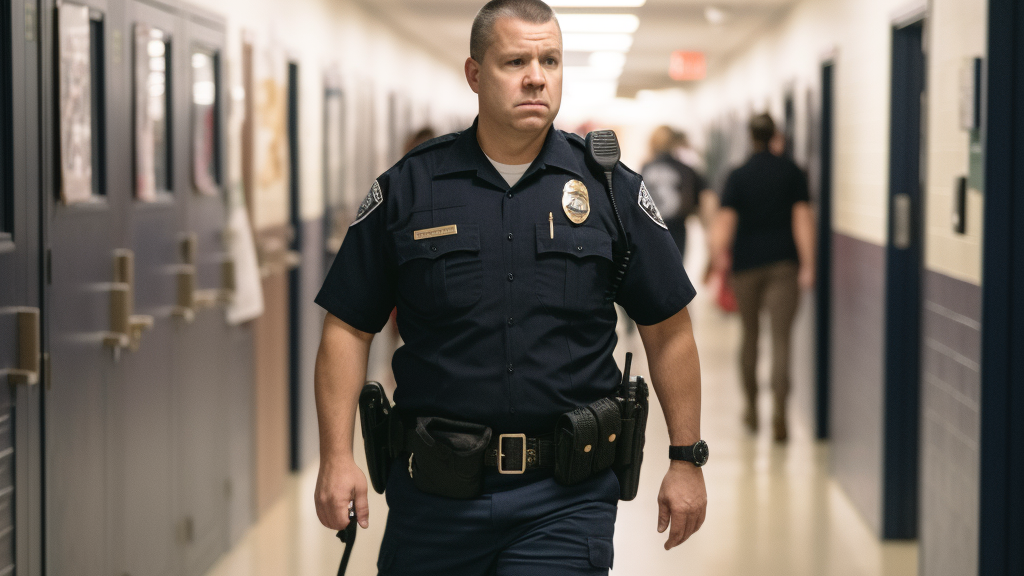
A safe and nurturing learning environment is vital for students. Here are a few key ways to evaluate whether your child’s public school is safe:
- Check Safety Policies: Understanding a school’s safety policies can provide a good starting point. Look for policies related to bullying, discipline, and emergency procedures. Strong policies usually indicate a proactive approach toward maintaining a safe learning environment.
- Look at Incident Reports: Most schools keep records of incidents related to safety. This can include instances of bullying, fights, or other breaches of security. Schools with high incident rates might indicate a safety problem. However, a school with a thorough reporting process might have higher numbers simply because they take the reporting of incidents seriously.
- Consider Physical Security Measures: Look at the school’s physical security measures. This can include things like secured entrances, visitor check-in procedures, surveillance cameras, and emergency exit routes. Schools should also conduct regular drills for emergencies such as fires or lockdowns.
- Observe Student Interactions: Spend time observing student interactions at the school if possible. This can provide firsthand insight into student behavior and the overall culture of respect and safety at the school.
- Trust Your Instincts: Sometimes, a parent’s gut feeling can be a powerful tool. If something feels off or you have concerns about the school’s safety, it may be worth exploring other options.
Check the school’s policies on bullying and emergency preparedness. Look into any available data on school safety, like incident reports. Schools should prioritize a safe, respectful environment conducive to learning.
College Acceptance Rates
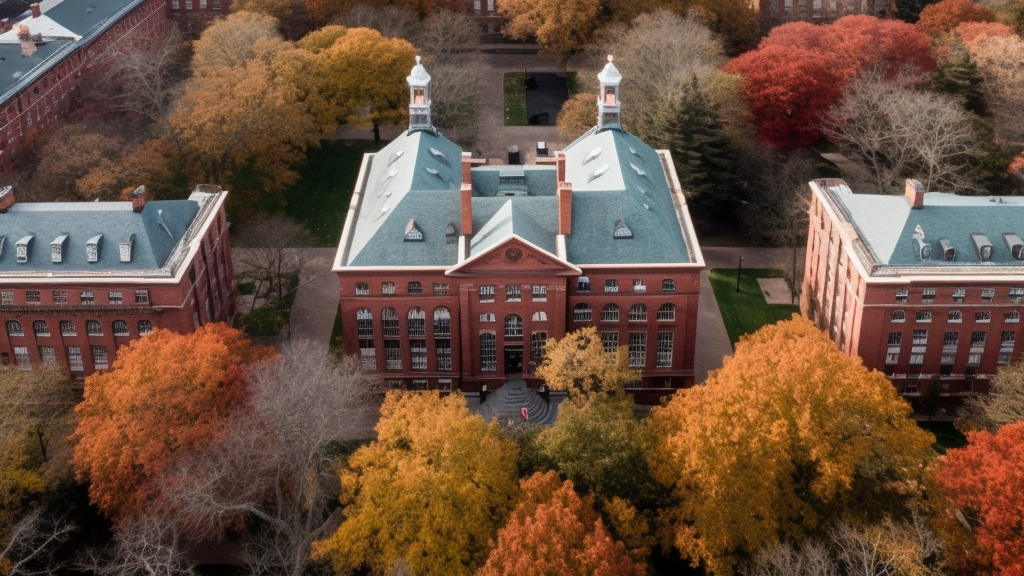
If preparing students for college is important to you, consider the school’s college acceptance rates. Schools that send a high percentage of graduates to college often have strong academic programs.
However, remember that not all students may choose to attend college, and this doesn’t necessarily reflect negatively on the school.
Facilities and Resources
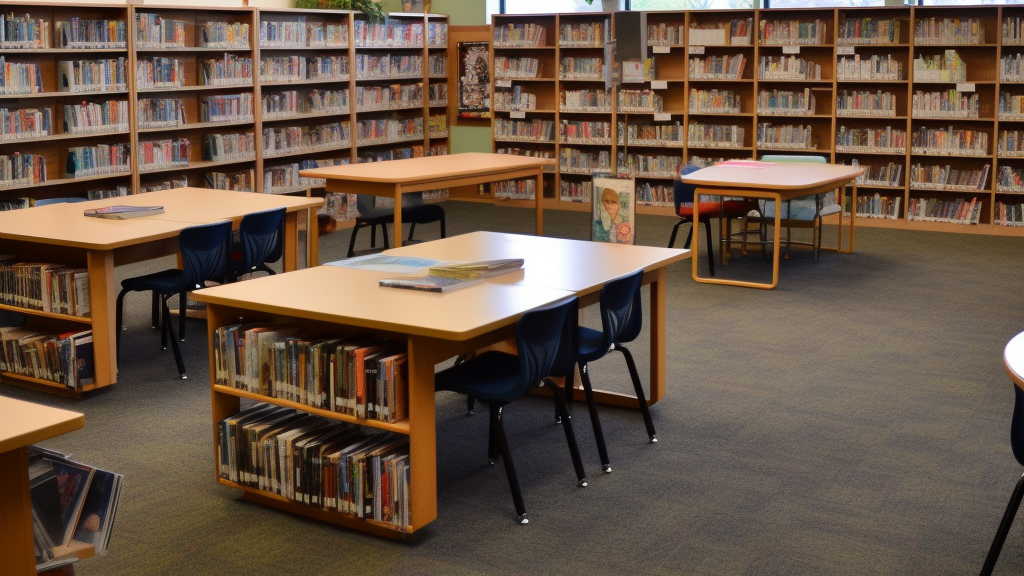
A school’s physical environment can affect learning. Well-maintained facilities with ample resources can enrich the learning experience. Look for up-to-date computer labs, art studios, and athletic facilities.
Examine the books in the school library. What kinds of books does the school librarian select for the children to have access to? Are they age-appropriate? Do they offer a wide and varied point of view?
Special Education Programs

For parents of children with special needs, the quality of a school’s special education program is crucial. Effective programs often feature a low student-teacher ratio, well-trained teachers, and a comprehensive range of services to support students’ diverse needs.
However, some schools over-emphasize special education programs as a way to gain additional funding. This could result in children who don’t need special education services being buried in these programs as a way to increase the school’s special education headcount.
A careful examination of a school’s special-ed program can tell you a lot about its priorities and intentions.
Attending School Board Meetings
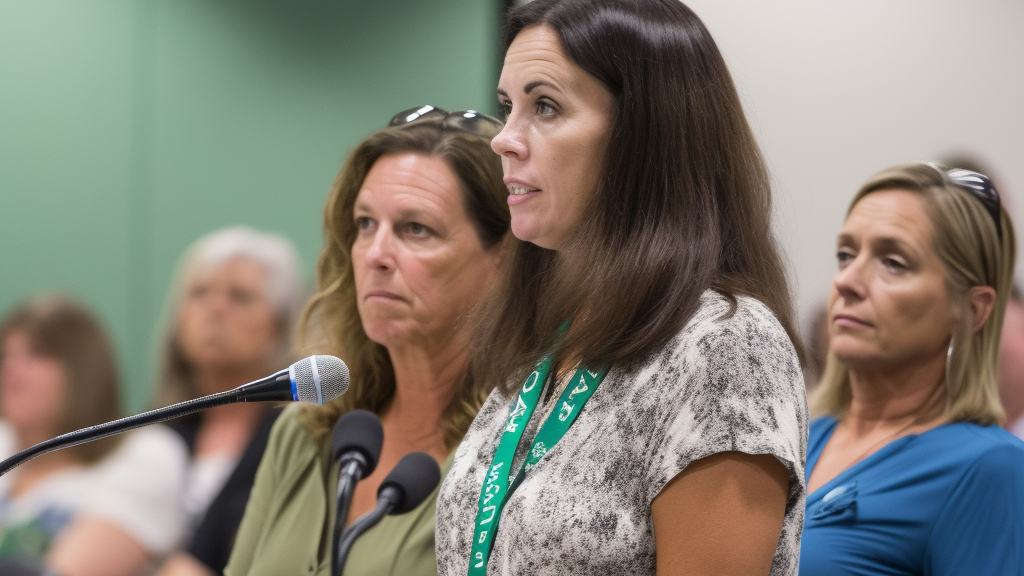
Participation in School Board meetings can offer invaluable insights into a school’s operations and priorities. These meetings discuss everything from budget allocations and policy changes to curriculum updates and facility improvements.
Parents can not only observe the decision-making process but also voice their concerns or suggestions. Regular attendance at these meetings can inform you about the school’s direction and demonstrate your commitment to your child’s education.
Remember, active involvement in your child’s school can have a positive impact on their learning experience.
Understand Local Politics

The political leanings of a region can have a significant impact on how public schools are run. The beliefs and priorities of those in power can shape many aspects of education, from the curriculum to funding decisions.
- Education Policy: Political leaders often play a key role in developing education policies. These policies can impact numerous aspects of school operations, from class sizes and teacher salaries to testing requirements and graduation standards. In more conservative areas, policies might (but not always) focus on traditional academics and vocational training, while more liberal areas might emphasize inclusivity and social-emotional learning.
- Curriculum: The political leaning of a region can influence the curriculum taught in schools. For instance, regions with conservative political leanings might emphasize a more traditional curriculum, whereas more liberal areas might incorporate more progressive elements, such as diversity and inclusivity in education. This can affect the content taught in subjects like history, science, health, and social studies.
- Funding: Political leaders have a significant influence on school funding. Depending on the political priorities, funds might be allocated differently. For example, conservative regions might prioritize funding for vocational programs, while liberal areas might focus on arts and humanities programs or resources for disadvantaged students.
- Teacher Unions: The political climate can affect the strength and influence of teacher unions, which can, in turn, influence issues like teacher pay, class sizes, and the balance of power in decision-making. Areas with strong unions might have better teacher pay and smaller class sizes but may also face more conflict between teachers and administration.
- Charter Schools and School Choice: The political leaning of an area can also impact the prevalence and policies related to charter schools and school choice. Conservative areas may favor policies that encourage school choice, including the growth of charter schools and voucher programs, while more liberal areas might prioritize funding and support for traditional public schools.
- Community Engagement: The political climate can influence community engagement in schools. Regions with a high level of civic engagement might see more parental involvement in schools and more public debate over education issues.
It’s worth noting that research suggests a high percentage of public school teachers vote Democrat. That’s true even in more conservative areas. If you’re in favor of having your children taught more liberal ideology, that’s good news since it means even in very conservative-leaning counties, teachers are likely to stick to traditional curriculums which focus on diversity.
If you’re not in favor of having your children taught those ideas, don’t assume, just because your local government leans conservative, that the local school system will follow suit.







